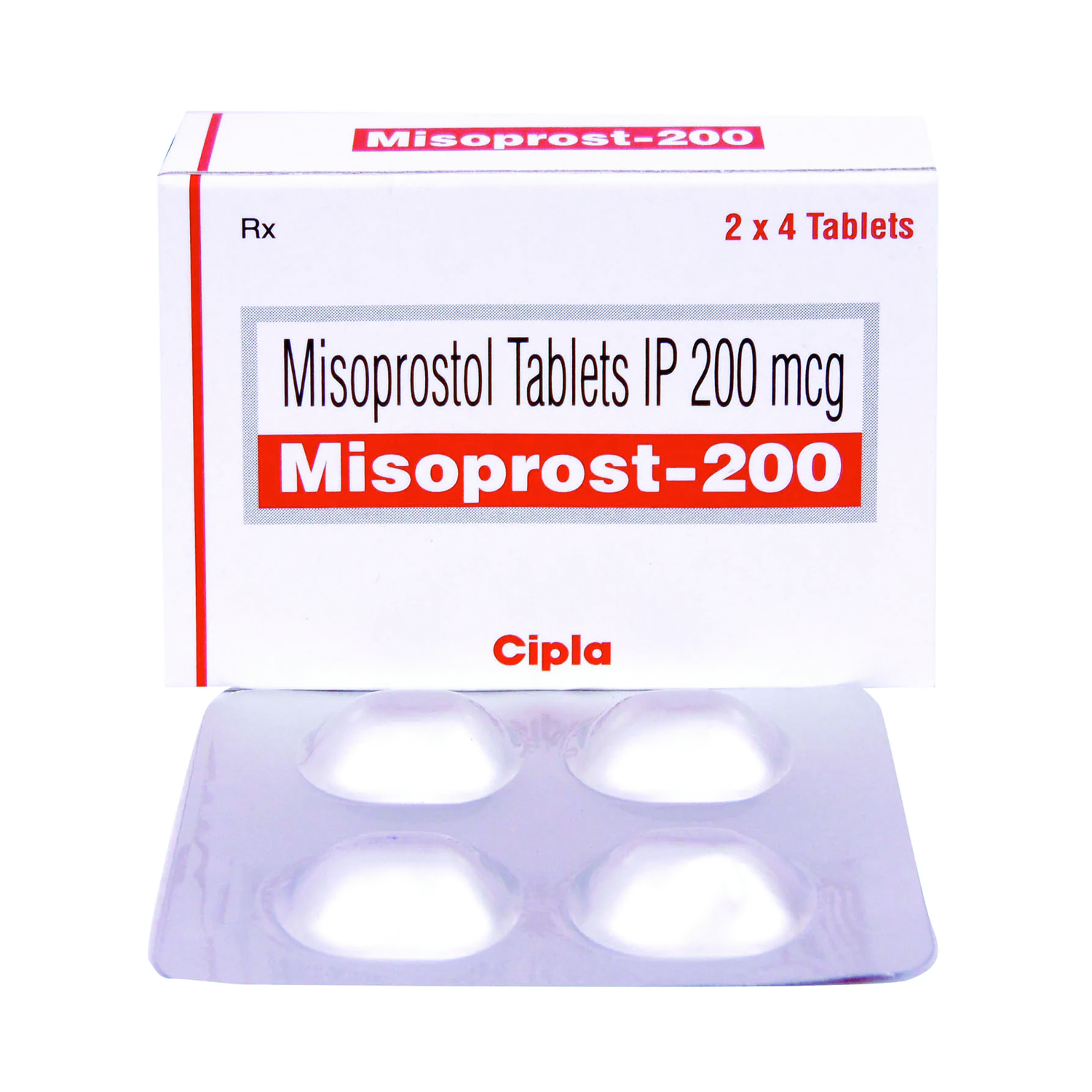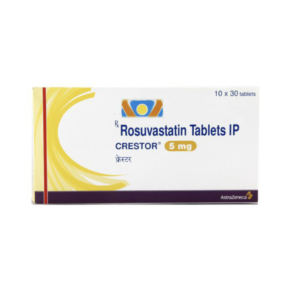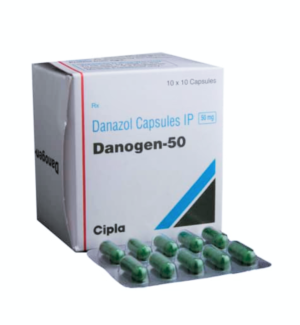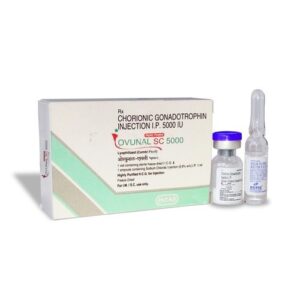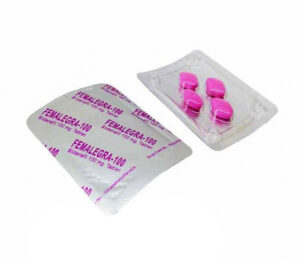Misoprostol Information
What is this drug used for?
• It is used to prevent NSAID-associated gastric ulcers in patients with a history of ulcers.
• It may be given to you for other reasons. Talk with the doctor.
Possible side effects
Misoprostol may cause side effects. Tell your doctor if any of these symptoms are severe or do not go away:
• Diarrhea.
• Belly pain.
• Stomach cramps.
• Upset stomach.
Some side effects can be serious. If you experience any of these symptoms, call your doctor immediately or get emergency medical treatment:
• Signs of an allergic reaction, like rash; hives; itching; red, swollen, blistered, or peeling skin with or without fever; wheezing; tightness in the chest or throat; trouble breathing, swallowing, or talking; unusual hoarseness; or swelling of the mouth, face, lips, tongue, or throat.
• Very bad belly pain.
• Severe diarrhea.
Medication Safety Issues
Sound-alike/look-alike issues:
Cytotec may be confused with Cytoxan
MiSOPROStol may be confused with metoprolol, miFEPRIStone
Storage and Stability
Tablet: Store at or below 25°C (77°F).
Controlled-release vaginal insert [International product]: Store below -10°C to -25°C (14°F to -13°F). Thawing is not required prior to use.
Adverse Reactions
>10%: Gastrointestinal: Diarrhea, abdominal pain
1% to 10%:
Central nervous system: Headache
Gastrointestinal: Constipation, dyspepsia, flatulence, nausea, vomiting
<1%, postmarketing, and/or case reports: Abnormal hepatobiliary function, alopecia, anaphylaxis, anemia, anxiety, arterial thrombosis, arthralgia, back pain, bronchitis, bronchospasm, cardiac arrhythmia, cerebrovascular accident, change in appetite, chest pain, chills, confusion, conjunctivitis, deafness, depression, dermatitis, diaphoresis, dizziness, drowsiness, dysgeusia, dysphagia, dyspnea, dysuria, edema, epistaxis, fatigue, fever, gastroesophageal reflux disease, gastrointestinal hemorrhage, GI inflammation, gingivitis, glycosuria, gout, gynecological disease (cramps, dysmenorrhea, hypermenorrhea, spotting, postmenopausal vaginal bleeding, and other menstrual disorders), hematuria, hypertension, hypotension, impotence, increased amylase, increased blood urea nitrogen, increased cardiac enzymes, increased erythrocyte sedimentation rate, increased serum alkaline phosphatase, increased thirst, loss of libido, mastalgia, muscle cramps, myalgia, myocardial infarction, neuropathy, otalgia, pallor, phlebitis, pneumonia, polyuria, psychoneurosis, pulmonary embolism, purpura, rigors, skin rash, stiffness, syncope, thrombocytopenia, tinnitus, upper respiratory tract infection, urinary tract infection, uterine rupture, visual disturbance, weakness, weight changes –

